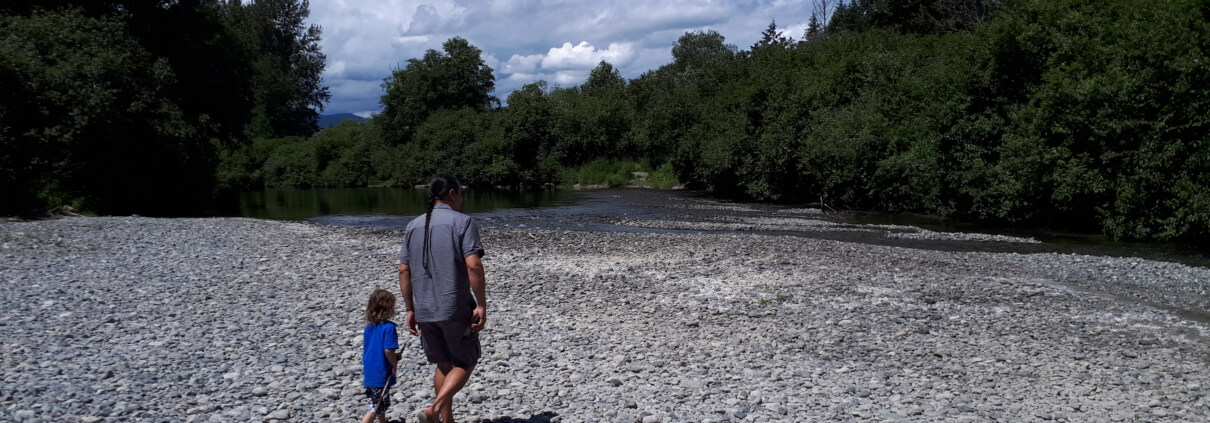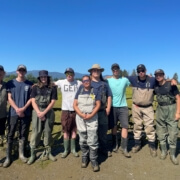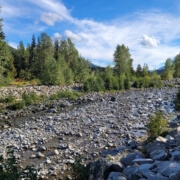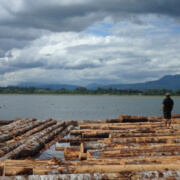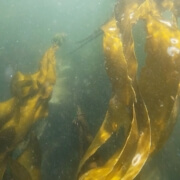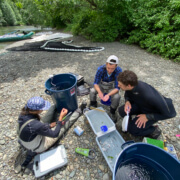Through a coordinated plan, progress is possible
In 2003, the Cowichan River reached a tipping point. After weeks of drought conditions, salmon had to be trucked to reach their spawning grounds as there was not enough water for them to swim upstream.
This crisis led to an immediate confluence of interested parties: federal and provincial government, local pulp and paper industry, and local environmental groups. All came together on Cowichan Tribal land, the ancestral home of the Quw’utsun First Nation.
“Kudos to those that came together in the early days where the collaboration started as a parking lot meeting,” says Tom Rutherford, who served as executive director for the Cowichan Watershed Board for the past six years.
The crisis and ensuing “parking lot” meeting led to an unprecedented collaborative framework of working together for nearly 20 years with a common goal — water management for fish.
“In the face of climate change, we need to change our behaviour to ensure we have sustainable salmon populations,” says Rutherford, a former DFO fisheries biologist. “We have the science to know what is happening. We must change our behaviour to effectively address the challenges we are facing.”
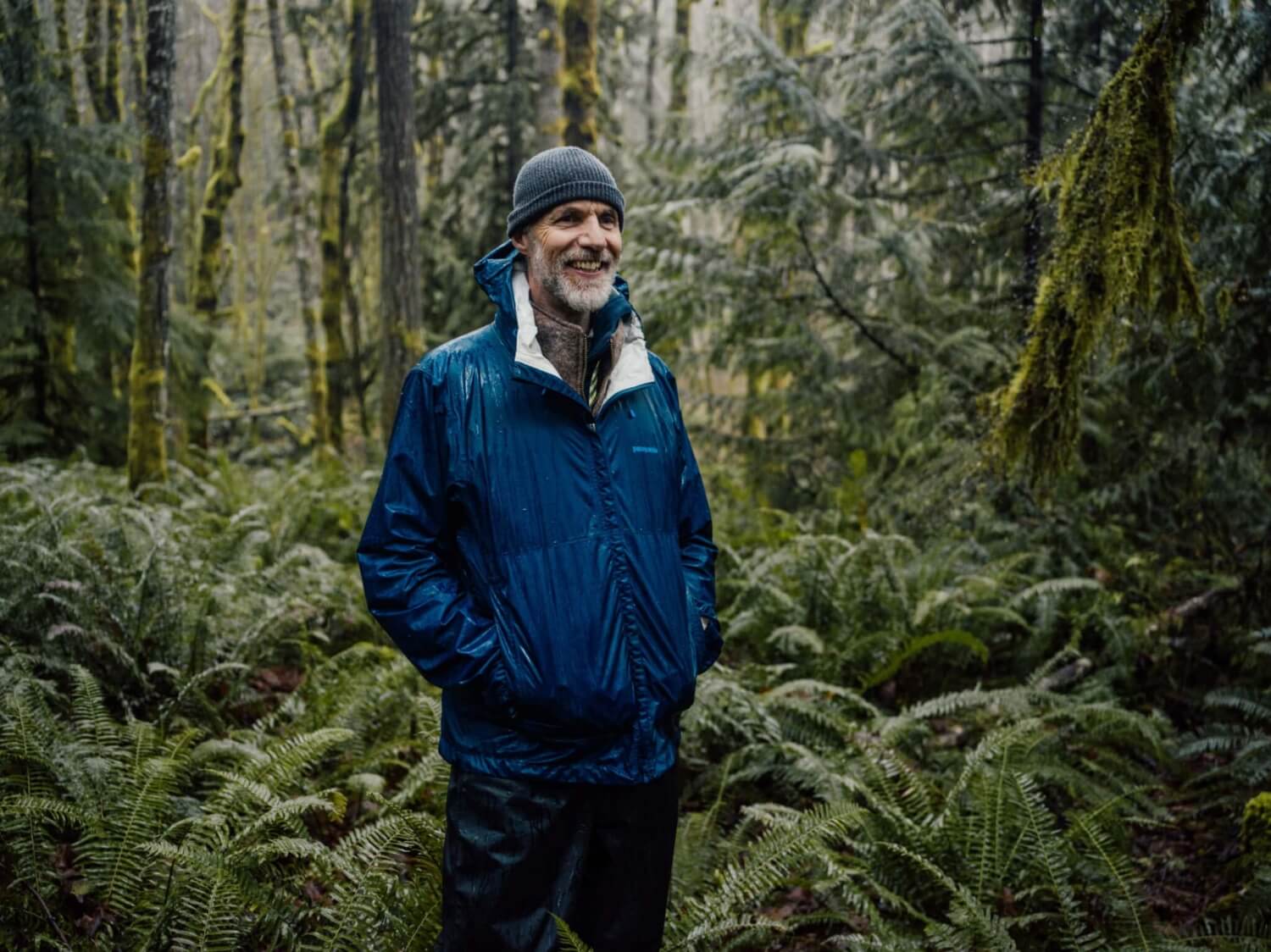
Cowichan Watershed Board’s Tom Rutherford. (Taylor Roades)
A model of success
The Cowichan Watershed Board is a unique local governance partnership co-chaired by Cowichan Tribes and the Cowichan Valley Regional District (CVRD) that promotes watershed sustainability in the Cowichan/Koksilah watershed. Through this model, they work together to advance “whole-of-watershed health.”
As the rapidly growing Cowichan Valley balances competing water interests of local Indigenous and non-Indigenous communities with forestry, agriculture, recreation and tourism, the Cowichan Watershed Board serves as a model for collaborative planning to benefit the entirety of the watershed.
The Board was developed to enact the Cowichan Basin Water Management Plan and measure progress on targets including: water quality, estuarine health, salmon sustainability, wise water use, watershed connections (education and outreach), water supply/flows, and riparian habitat protection.
For example, within the estuarine health target, the goal of safely consumable shellfish from Cowichan Bay is measured by water quality. Early monitoring in the bay revealed extremely high levels of coliform bacteria. DNA tracking turned up two prominent sources: human and bovine.
These findings led to the Environmental Farm Plan that provided funding to improve nutrient management practices, which local dairy producers now follow. Coupled with agricultural outreach and education, extensive water quality monitoring continues and bacteria levels in the water are dropping substantially — by as much as an order in magnitude — at some sampling sites.
The cumulative effect of implementing the watershed targets thus far appears to be positively impacting salmon stocks in the Cowichan.
Over the last four years the average annual Chinook return into the Cowichan River has been over 23,000, remarkable considering the population dipped to 500 fish in 2009. By finding ways to work together, Cowichan Valley residents are truly making a difference — a difference that can be seen as thousands of adult Chinook salmon swim upstream through the counting fence.
“Everybody is playing an important role,” says Rutherford. “First Nations, ENGOs, fishers, and all levels of government are working hard to work together. It’s not always easy but the results speak for themselves.”
Tim Kulchyski, Cowichan Tribes Board member and fisheries biologist and resource consultant says, “It’s not only about figuring out what this process looks like, it’s about building trust. You have representatives from the two levels of government and First Nations with a lot of water under the bridge. This is an opportunity to come together and build trust for the land and the future.”
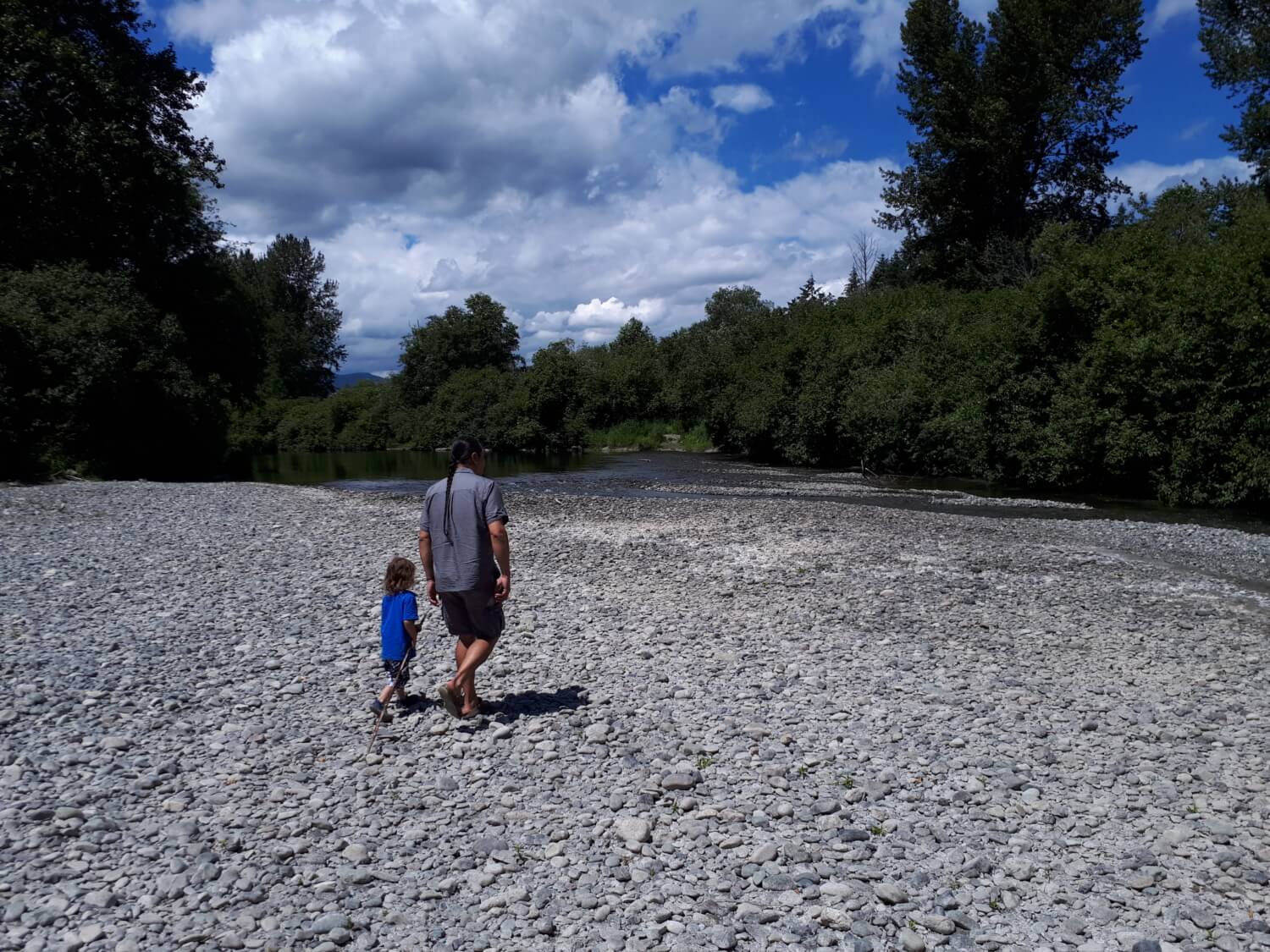
Tim Kulchyski, Cowichan Tribes Board member and fisheries biologist and resource consultant. (Tom Rutherford)
Another potentially ground-breaking initiative being supported by the board is the province’s first Water Sustainability Planning process taking place in the Koksilah watershed, the largest subbasin of the Cowichan.
Cowichan Tribes and the province are in the initial stages of this process which could guarantee “water for fish” moving forward. Rutherford notes the Water Sustainability Plan has the potential to be a real difference maker in two ways: one, it can result in an enforceable plan that provides for adequate flows to sustain environmental values, and two, it can provide a truly collaborative decision-making model.
“It is the first time that First Nations have partnered with the provincial government to develop a collaborative watershed management framework using Water Sustainability Act tools,” says Rutherford. “It is all about moving the needle and not about finger pointing.”
Process for progress: Pacific Salmon Action Dialogues
The Cowichan Watershed Board provides an example of a successful, coordinated management effort for salmon recovery.
In early 2022, the Pacific Salmon Foundation and the First Nations Fisheries Council (FNFC) of B.C. formed a partnership, creating the Pacific Salmon Action Dialogues to convene people who are keen to come together for salmon.
“We have reached a historic point where many Pacific salmon stocks are threatened or endangered. Current salmon management and conservation efforts are fragmented and complex due to overlapping and conflicting jurisdictions and authorities. This is compounded by the complex life cycles and migration patterns of Pacific salmon,” says Michael Meneer, CEO and president, Pacific Salmon Foundation.
“We need a new model and plan to rebuild Pacific salmon. One that breaks down silos and fosters coordination between federal, provincial, and Indigenous governments.”
The Salmon Action Dialogues focus on the understanding that it will require all vested groups and individuals to work together in a coordinated effort to develop necessary solutions to improve the state of salmon.
“We need to come together to develop a process for progress for salmon,” says Jordan Point, executive director of the First Nations Fisheries Council of B.C. “The dialogues provide an opportunity to create a unified strategy for salmon. It is only through this coordinated effort that we can create economies of scale to truly help salmon.”
The initial dialogues focused on learnings from successful models like the Cowichan Watershed Board and others across B.C. and Washington state. Essential to the success of the dialogues thus far has been the continuous input from participants.
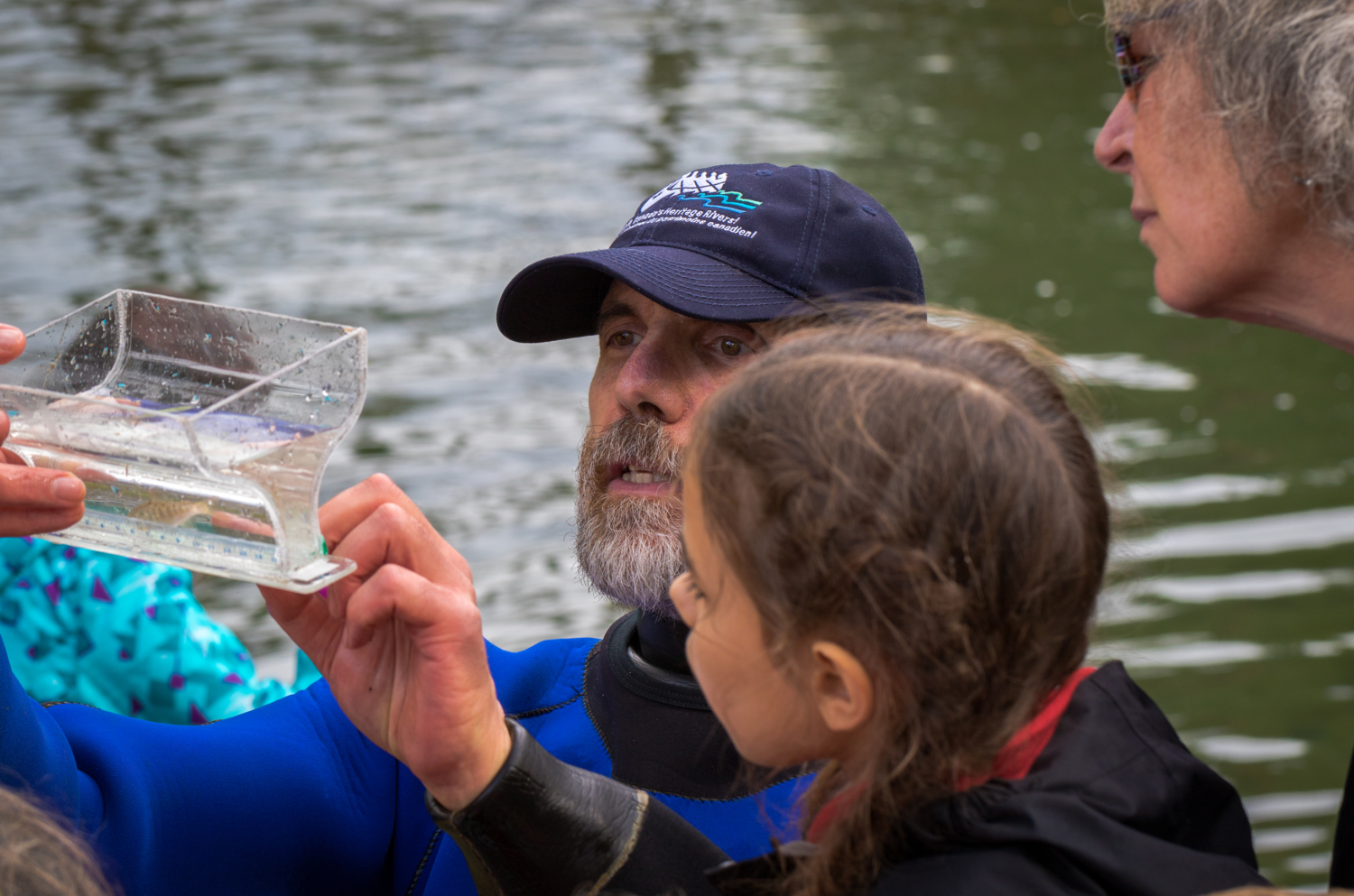
Cowichan Watershed Board’s Tom Rutherford sampling Cowichan River water. (Barry Hetschko)
Salmon Action Dialogue progress
As the dialogues progress, PSF and FNFC are planning future sessions and developing a collaborative framework outline. As current salmon management and conservation efforts are complicated, it is necessary to divide the framework into two key areas: Clear actions and outcomes; and a commitment to an ongoing process. The upcoming dialogues will focus on these topics.
“A foundational principle of the Cowichan Watershed Board is trust among stakeholders that each is coming together for a common goal of protecting the water supply,” says Meneer. “As we deploy the Salmon Action Dialogue plan, if we focus on trusting that we all come to the table with the goal of sustaining salmon, then we will succeed.”

